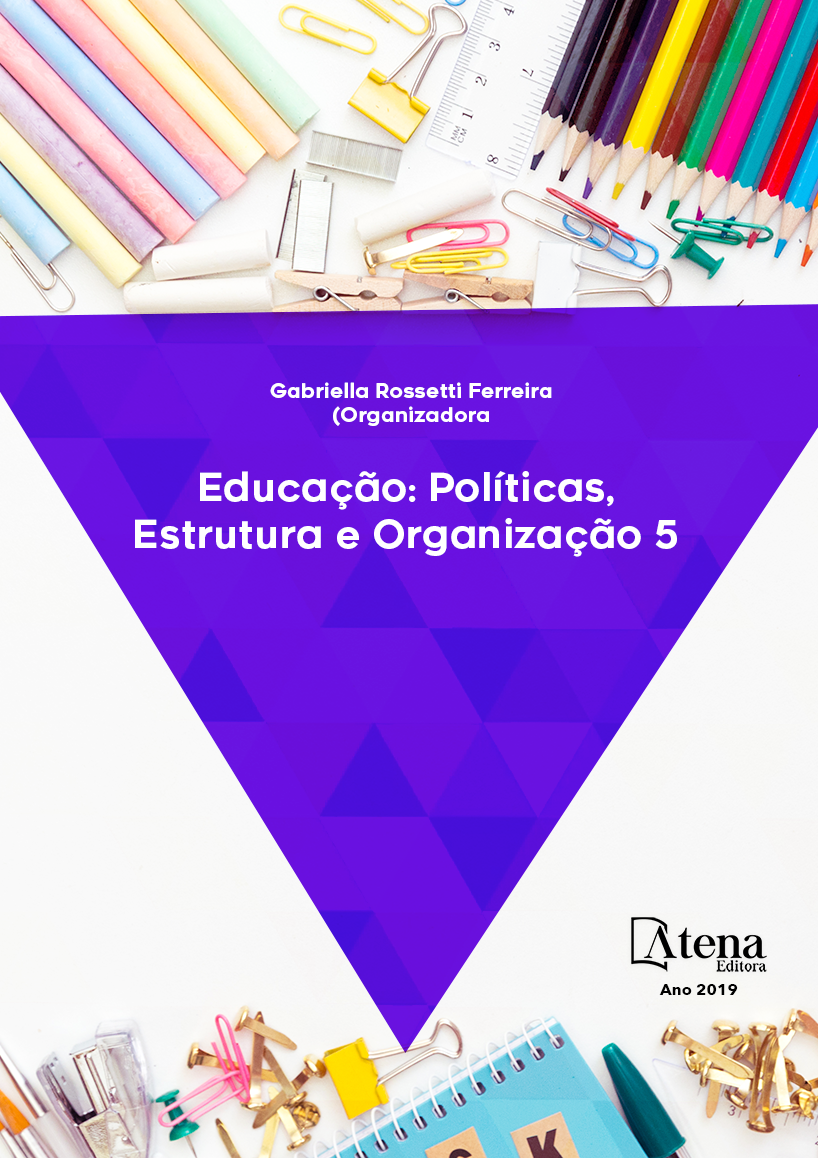
DEFICIÊNCIA VISUAL: A INCLUSÃO DO ATENDIMENTO NA ESCOLA REGULAR DE ORIENTAÇÃO E MOBILIDADE DOS ALUNOS
A educação da pessoa com
deficiência visual, com perda total ou com
baixa visão é possível na escola regular
pública e privada de ensino em todos os níveis,
mas desde que sejam ofertados os meios
primordiais para a promoção da independência
e autonomia. A pessoa com deficiência visual
que se insere no ensino regular e não apresenta
conceitos e práticas assimilados como: domínio
do espaço, de locomoção e principalmente de
orientação, certamente terá maior dificuldade
em se adaptar a uma escola regular e ser
parte do processo de uma educação inclusiva.
O objetivo geral de analisar a inclusão da
orientação e mobilidade na grade curricular dos
alunos com Deficiência Visual. Quanto aos fins,
a pesquisa terá abordagem mista, qualitativa
e quantitativa descritiva com questionário
estruturado com mais ênfase no significado
do que na frequência do fato. A População e
Amostra com pessoas com deficiência visual
provenientes de escolas regulares. Para avaliar
se a orientação e mobilidade é mais um recurso
eficaz para a independência da pessoa com
deficiência visual no ambiente escolar e social.
Como conclusão a inclusão do atendimento
de orientação e mobilidade na grade curricular
de ensino dos alunos com deficiência visual
na escola regular, pretende-se verificar se a
orientação e mobilidade como um atendimento
específico facilita o processo de inclusão escolar
e social promovendo assim o sucesso pessoal,
social e acadêmico da pessoa com deficiência
visual.
DEFICIÊNCIA VISUAL: A INCLUSÃO DO ATENDIMENTO NA ESCOLA REGULAR DE ORIENTAÇÃO E MOBILIDADE DOS ALUNOS
-
DOI: 10.22533/at.ed.06419030418
-
Palavras-chave: Deficientes visuais – Educação; Orientação e mobilidade; Educação inclusiva.
-
Keywords: Visually impaired - Education; Orientation and mobility; Inclusive education.
-
Abstract:
The education of the visually
impaired, with total loss or with low vision
is possible in the public and private regular
school of education at all levels, but provided
that the primary means for the promotion of
independence and autonomy are offered. The
visually impaired person who enters regular
education and does not present concepts and
practices assimilated as: mastery of space,
locomotion and especially orientation, will
certainly have greater difficulty in adapting to a
regular school and being part of the process of an education inclusive. The general
objective of analyzing the inclusion of orientation and mobility in the curriculum of
students with Visual Impairment. Regarding the ends, the research will have a mixed,
qualitative and quantitative descriptive approach with questionnaire structured with
more emphasis on meaning than on frequency of fact. The Population and Sample with
visually impaired people coming from regular schools. To assess whether orientation
and mobility is another effective resource for the independence of the visually impaired
person in the school and social environment. As a conclusion, the inclusion of orientation
and mobility attendance in the curriculum of teaching of students with visual impairment
in the regular school aims to verify if orientation and mobility as a specific service
facilitates the process of school and social inclusion, thus promoting personal success
, social and academic disability of the visually impaired person.
-
Número de páginas: 15
- Adávia Fernanda Correa Dias da Silva
- Simone Ferreira Conforto
- Geísa Pinto Pereira
- Irany Gomes Barros


